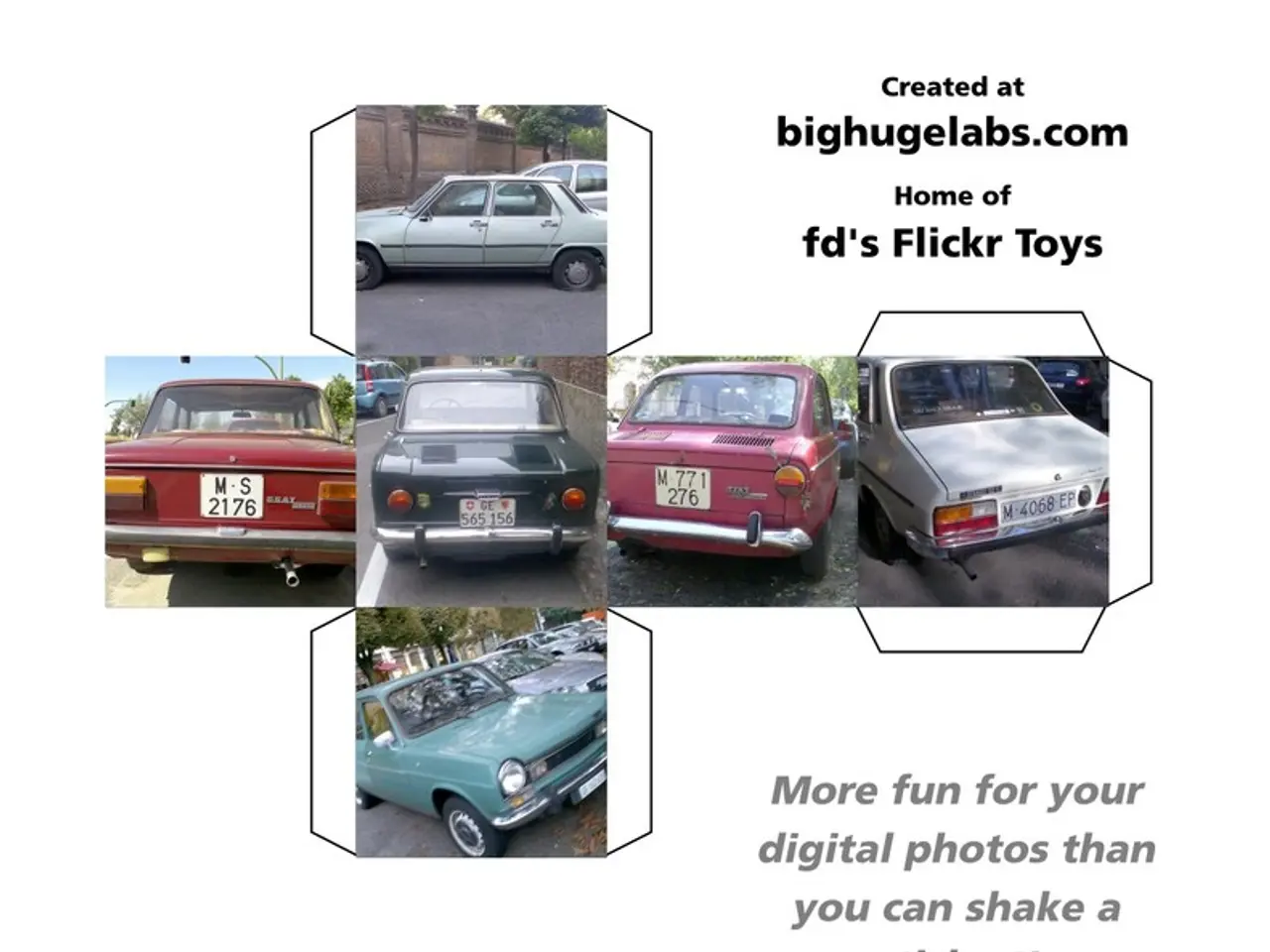Designers faced with inflated AI-driven demands from clients?
Being a Designer in the AI Era: Navigating the Challenges of Client Expectations
Designing and dealing with clients - it ain't for the timid or the weak-hearted! While it's a story as old as time in many professions, some folks on Reddit are raising a stink about changing client expectations in the design world, particularly in light of AI technology.
Take this tale we stumbled across - a designer was caught off guard when a client, after a spot of confusion between AI (artificial intelligence) and Ai (the Adobe illustrator file extension), wanted to print artwork created with the former. The artwork, of course, wasn't up to snuff for printing. When asked if the designer could create something from scratch, they took one look at the 30-minute timeframe and bolted out the door.
This hilarious but all-too-common situation has sparked conversations about managing client expectations in the AI era. Granted, not all clients are like this - there are plenty who value and understand the importance of quality design. But the anecdote has shed light on some of the daily frustrations design pros face.
"Customer expectations in the sign industry can be a shit show," one person ventured. Another chimed in, "A huge issue is a lack of understanding between the layman and the professional." This disconnect often leaves clients trying to grasp design's mystifying ways, struggling to comprehend what's considered good.
The deluge of clients requesting AI-generated images for print has gotten so out of hand that some designers have started displaying disclaimers, clarifying that AI images don't scale well for print. "It's really difficult to explain to people why something isn't usable," one person admitted.
Like a exasperated cry into the abyss, one person yearned, "I wish 'sir this absolutely will not work for your intended purposes because AI is not capable of creating work which functions properly in this context' were a thing that you could just say and nobody would bat an eye." Politeness is key, of course, but sometimes a blunt approach might just do the trick.
Others in the debate are cashing in, offering services to fix AI-generated images so that they can be used effectively. An interesting analogy was drawn to a famous haircut chain from another era, where salons added "We fix $5 haircuts" signs to their windows to combat customers who were seeking low-cost options.
But it's not just the general public where AI is becoming an issue. Designers working for film and TV are seeing a influx of AI-generated assets in their jobs, which require significant cleanup before they can be used. And it's not just designers in traditional roles - corporate marketing departments are also feeling the heat, with leadership getting overly-impressed by AI platforms and expecting designs to be turned around with the click of a button. This newfound speed and convenience has lowered the bar for what is expected in terms of both time and quality.
Despite these challenges, some designers are optimistic about AI's role in weeding out unrealistic clients and simplifying their jobs. As for those unrealistic clients who still cling to the belief that AI-generated images are the future, well, they might just be left in the cold as designers decide to hold out for clients who truly appreciate their skills and talents.
For more graphic design banter, be sure to check out the outdated graphic design trends that designers wish would disappear and the growing anti-design in branding movement.
The Lowdown on AI and Design
Artificial intelligence is changing the design landscape, by no means for the worse. While it increases efficiencies and creativity, it also poses challenges for designers in managing their client's expectations.
- A Wider Range of Choices: AI tools can generate a slew of design options, upping client satisfaction and diversifying choices. However, this can lead to unrealistic expectations about the speed and quality of work designers can produce.
- Evolving Roles of Designers: AI is automating many routine tasks such as layout creation and image editing. This frees up designers to focus on creative and strategic aspects of their work, but also adds pressure for them to adapt to new AI-related skills.
- Changing Client Expectations: The rise of AI ups the ante by pushing clients to expect more rapid and high-quality outputs due to the technology's capabilities. In the luxury sector, AI is used to boost personalization and service quality, scattering this standards across industries. Designers need to communicate effectively with clients about the limitations and true capabilities of AI.
All in all, AI can both bolster and complicate designers' efforts to manage client expectations. Clear, open communication about AI's strengths and limitations is essential in navigating these expectations.
- Designers are finding it challenging to keep up with increasing client expectations, particularly those who mistakenly believe artificial intelligence can replace human graphic design skills.
- In the digital age, designers are swamped with requests for AI-generated images for print, often leading to ineffectual results. Some designers have begun to issue disclaimers to mitigate this issue.
- The influx of AI-generated assets in the film and TV industry necessitates significant cleanup before they can be utilized effectively.
- Corporate marketing departments also face the pressure of unrealistic client expectations, as AI platforms promise speed and convenience without considering the time and quality involved in graphic design work.
- Optimistic designers see AI as a tool that can help weed out unreasonable clients and simplify their jobs, allowing them more time for creative and strategic aspects of their work.
- Designers working in various sectors may need to acquire new AI-related skills to adapt to the ongoing evolution of their roles.
- In the realm of branding, the use of artificial intelligence for personalization and enhanced service quality sets an unattainable standard for designers, making open and clear communication crucial for managing client expectations.




